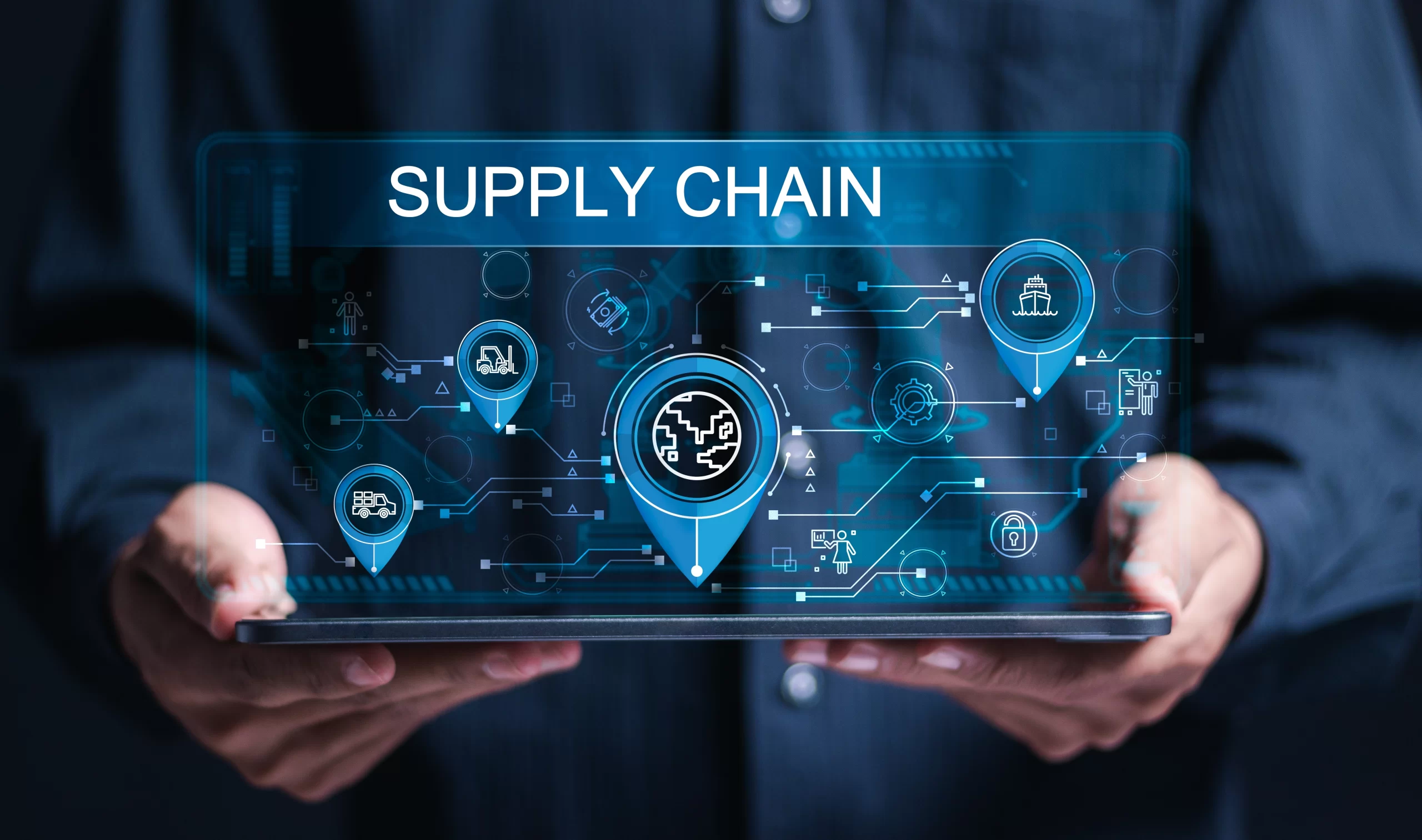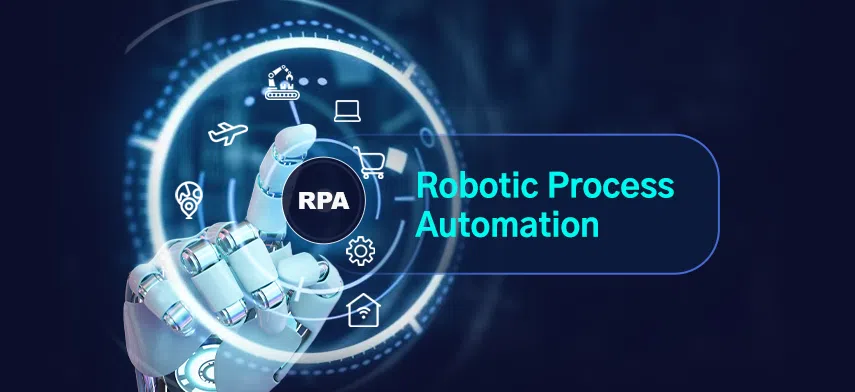
From streamlining operations to enabling predictive decision-making, AI in Manufacturing is reshaping how factories operate, reduce costs, and improve productivity. Businesses that embrace AI-powered solutions are not only staying competitive but also creating smarter, more efficient, and sustainable production environments.
Al In Manufacturing
Key benefits
Enhanced productivity
AI-powered automation helps reduce downtime and streamline production lines. With predictive analytics, machines can self-adjust and optimize performance, resulting in higher output without compromising quality.
Cost reduction
Through real-time monitoring, AI minimizes material waste, lowers energy consumption, and improves resource allocation. This leads to significant cost savings while maximizing profitability.

Improved quality control
AI-enabled vision systems detect even the smallest defects on products during the manufacturing process. Automated quality inspection ensures consistent standards, reducing human error and improving customer satisfaction.
Predictive maintenance
One of the most impactful uses of AI in Manufacturing is predictive maintenance. By analyzing sensor data, AI predicts equipment failures before they occur, preventing costly breakdowns and extending machinery lifespan.
Supply chain optimization
AI solutions enhance forecasting, demand planning, and logistics. Manufacturers can better manage inventory, anticipate market shifts, and maintain seamless supply chain operations.

Worker safety
AI-powered robots and monitoring systems handle hazardous tasks, reducing workplace accidents. Smart sensors ensure a safer working environment by detecting risks in real time.
Use cases
Smart factories
AI-driven factories use IoT devices, sensors, and robotics to automate processes, analyze data, and make intelligent decisions with minimal human intervention.
Robotic process automation
Collaborative robots, or cobots, work alongside human workers to increase efficiency in assembly lines, packaging, and material handling.

Quality inspection
Computer vision systems powered by AI check for defects at scale. This ensures only flawless products reach the market, minimizing recalls and rework costs.
Custom manufacturing
Personalized products are easier to create with AI algorithms analyzing customer preferences. This supports on-demand manufacturing without disrupting efficiency.
Conclusion
The integration of AI in Manufacturing is more than a technological trend—it is a strategic necessity for industries aiming to stay competitive. Companies that adopt AI-driven systems today will be well-prepared for the future of intelligent, data-driven manufacturing.

